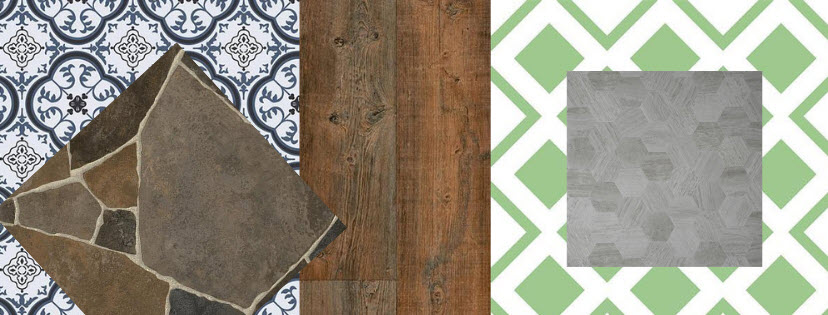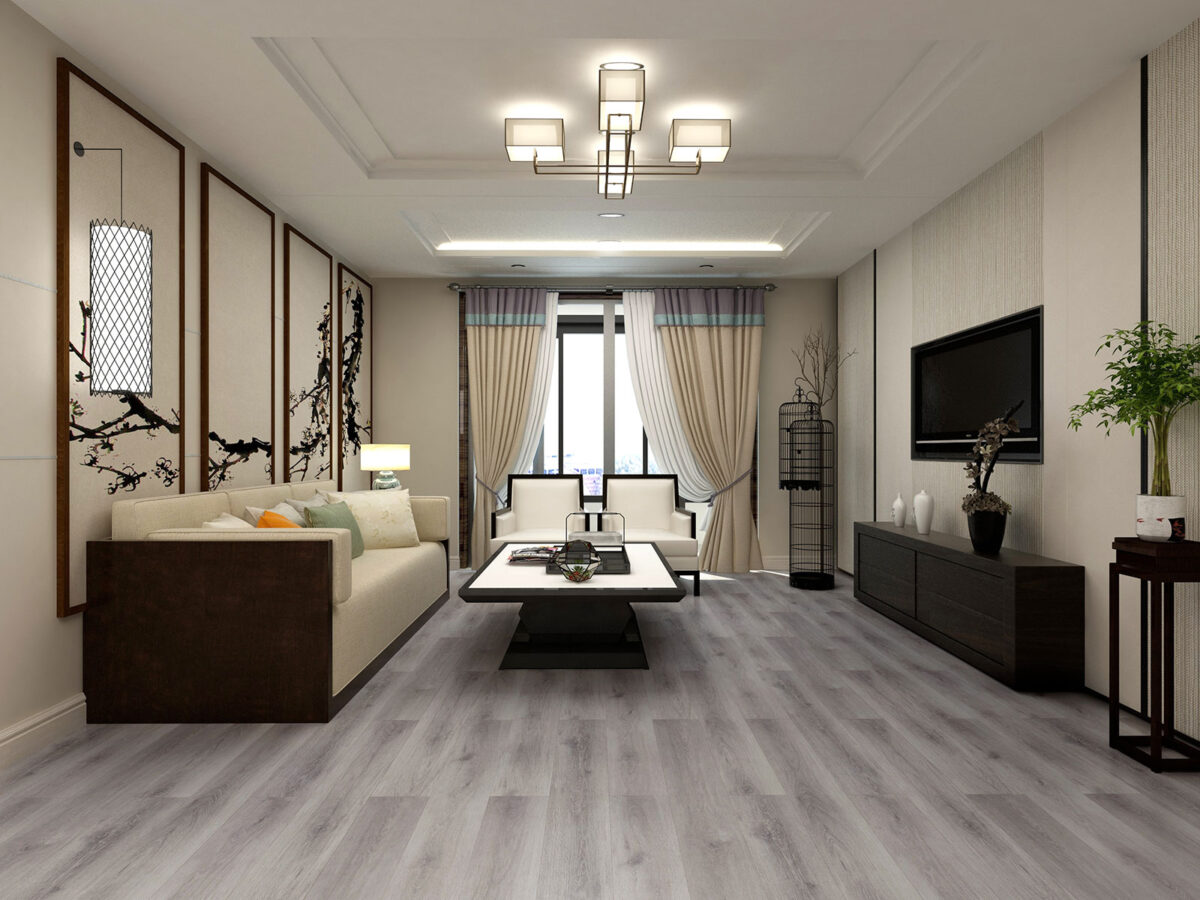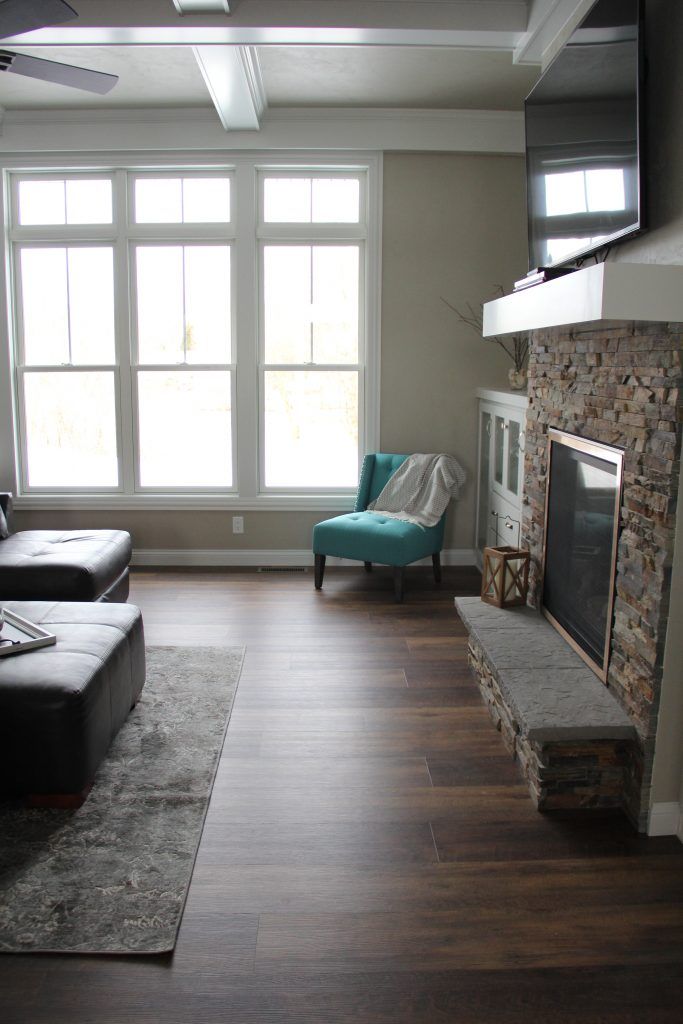In the ever-evolving world of home improvement, one term has been making waves across the United States: LVP. While it might sound like a technical jargon, LVP stands for Luxury Vinyl Plank, a type of flooring that’s quickly becoming a favorite among homeowners and designers alike. With its combination of affordability, durability, and aesthetic appeal, LVP is not just a trend—it’s a revolution in modern interior design.
This article explores what LVP is, why it’s gaining traction in 2024, and how it compares to other flooring options. Whether you’re planning a renovation or simply curious about the latest trends, this guide will provide you with all the information you need.
What Is LVP?
Luxury Vinyl Plank (LVP) is a type of synthetic flooring that mimics the look of natural materials like wood, stone, and tile. Unlike traditional vinyl flooring, which is often thin and less durable, LVP is constructed with multiple layers that enhance its resilience and realism. These planks are designed to be click-together, making installation simple and accessible for DIY enthusiasts.
Key Features of LVP

- Water-resistant: Ideal for kitchens, bathrooms, and other moisture-prone areas.
- Durable: Can withstand heavy foot traffic and resist scratches and stains.
- Low maintenance: Easy to clean and requires minimal upkeep.
- Affordable: Offers a cost-effective alternative to hardwood and tile.
- Versatile: Available in a wide range of colors, patterns, and textures.
LVP is particularly popular among those who want the beauty of real wood or stone without the high cost or maintenance. Its ability to mimic natural materials has made it a go-to choice for both residential and commercial spaces.
Why LVP Is Gaining Popularity in 2024
There are several reasons why LVP is on the rise in 2024. From its practical benefits to its aesthetic appeal, LVP offers a compelling solution for homeowners looking to upgrade their living spaces.
1. Affordability Meets Style
One of the biggest draws of LVP is its price point. Compared to hardwood or stone, LVP is significantly more affordable. This makes it an attractive option for budget-conscious homeowners who still want a high-end look. Additionally, the variety of styles available ensures that there’s an option for every taste and decor.
2. Easy Installation

Unlike traditional hardwood or tile, LVP is relatively easy to install. Many homeowners choose to do it themselves using a click-lock system that doesn’t require glue or nails. This not only saves money on labor costs but also allows for quicker project completion.
3. Durability and Longevity
LVP is known for its durability. It can handle heavy foot traffic, making it ideal for busy households. Additionally, its resistance to water and stains makes it a practical choice for areas like kitchens and bathrooms.
4. Eco-Friendly Options
With growing awareness of environmental issues, many manufacturers are now producing LVP from recycled materials. These eco-friendly options are not only better for the planet but also offer the same level of quality and performance as traditional LVP.
5. Design Flexibility
LVP comes in a wide range of designs, including realistic wood grain, stone patterns, and even concrete looks. This versatility allows homeowners to customize their spaces without sacrificing style.
LVP vs. Other Flooring Options
While LVP is gaining popularity, it’s important to understand how it compares to other flooring options. Here’s a quick comparison:
LVP vs. Hardwood
- Pros of LVP: More affordable, water-resistant, easier to install.
- Cons of LVP: Less warm underfoot, may fade over time.
- Pros of Hardwood: Natural beauty, long-lasting, can increase home value.
- Cons of Hardwood: Expensive, requires regular maintenance, susceptible to water damage.
LVP vs. Laminate
- Pros of LVP: More water-resistant, easier to maintain.
- Cons of LVP: Slightly more expensive than some laminate options.
- Pros of Laminate: Often cheaper, available in a wide range of styles.
- Cons of Laminate: Less durable, can swell if exposed to water.
LVP vs. Tile
- Pros of LVP: Warmer underfoot, quieter, easier to install.
- Cons of LVP: Not as durable as tile.
- Pros of Tile: Extremely durable, easy to clean, available in many styles.
- Cons of Tile: Cold and hard underfoot, can crack if dropped on.
Pros and Cons of LVP

Like any product, LVP has its advantages and disadvantages. Understanding these can help you decide if it’s the right choice for your home.
Pros of LVP
- Cost-effective: Offers a high-quality look at a lower price.
- Easy to maintain: Requires minimal cleaning and care.
- Water-resistant: Ideal for wet areas.
- Durable: Can withstand heavy use.
- Variety of styles: Available in numerous designs to match any decor.
Cons of LVP
- UV sensitivity: Prolonged exposure to sunlight can cause fading.
- VOC emissions: Some LVP products may release volatile organic compounds.
- Limited repair options: Damaged planks can be difficult to replace.
- Less warmth: Not as warm underfoot as hardwood or carpet.
How to Choose the Right LVP

If you’re considering LVP for your home, here are a few tips to help you make the best choice:
1. Consider Your Budget
LVP prices vary depending on the brand, quality, and design. Set a budget and compare options to find the best value for your money.
2. Think About Your Lifestyle
If you have pets or children, LVP is a great choice due to its durability and resistance to scratches and stains. However, if you’re concerned about indoor air quality, look for low-VOC options.
3. Check for Warranty
Many LVP products come with warranties that cover defects and wear. Be sure to check the warranty terms before purchasing.
4. Visit a Store
Seeing LVP in person can help you get a better sense of its texture, color, and overall appearance. Many retailers offer samples or small sections for testing.
Future Trends in LVP
As technology advances, so does LVP. Manufacturers are continuously improving the material to make it more durable, sustainable, and visually appealing. Some of the latest trends include:
- Eco-friendly materials: More companies are using recycled and sustainable materials.
- Smart features: New LVP products are being developed with sensors to monitor foot traffic and maintenance needs.
- Custom designs: High-end LVP options are offering more personalized and unique patterns.
These innovations are helping to solidify LVP’s place as a top choice for modern homes.
Frequently Asked Questions About LVP
Q: What is LVP?
A: LVP stands for Luxury Vinyl Plank. It is a type of synthetic flooring that mimics the look of wood, stone, or tile. It is known for its durability, water resistance, and affordability.
Q: Is LVP durable?
A: Yes, LVP is highly durable and can withstand heavy foot traffic. It is resistant to scratches, stains, and moisture, making it ideal for busy households.
Q: How does LVP handle moisture?
A: LVP is water-resistant, making it suitable for wet areas like kitchens and bathrooms. However, it is not completely waterproof, so proper installation and sealing are recommended.
Q: Is LVP easy to install?
A: Yes, LVP is relatively easy to install, especially with the click-lock system. Many homeowners choose to install it themselves, though professional installation is also an option.
Conclusion
Luxury Vinyl Plank (LVP) is more than just a flooring trend—it’s a smart, practical, and stylish choice for modern homes. With its affordability, durability, and wide range of designs, LVP is quickly becoming a favorite among homeowners and designers alike. As we move into 2024, it’s clear that LVP is here to stay, offering a versatile solution for both residential and commercial spaces.
Whether you’re renovating your kitchen, updating your bathroom, or simply looking for a new flooring option, LVP is worth considering. By understanding its pros and cons, you can make an informed decision that fits your lifestyle and budget.
Stay updated with the latest news and trends in US home improvement by following our coverage. Explore today’s headlines and discover what’s shaping the future of American living.











More Stories
US Trending News: Who Is Sean San Jose? Exploring His Background and Influence
Understanding the Skattebo Injury: What You Need to Know on Twitter
US Trending News: What Is Snore Nora and Why It’s Gaining Popularity in 2024